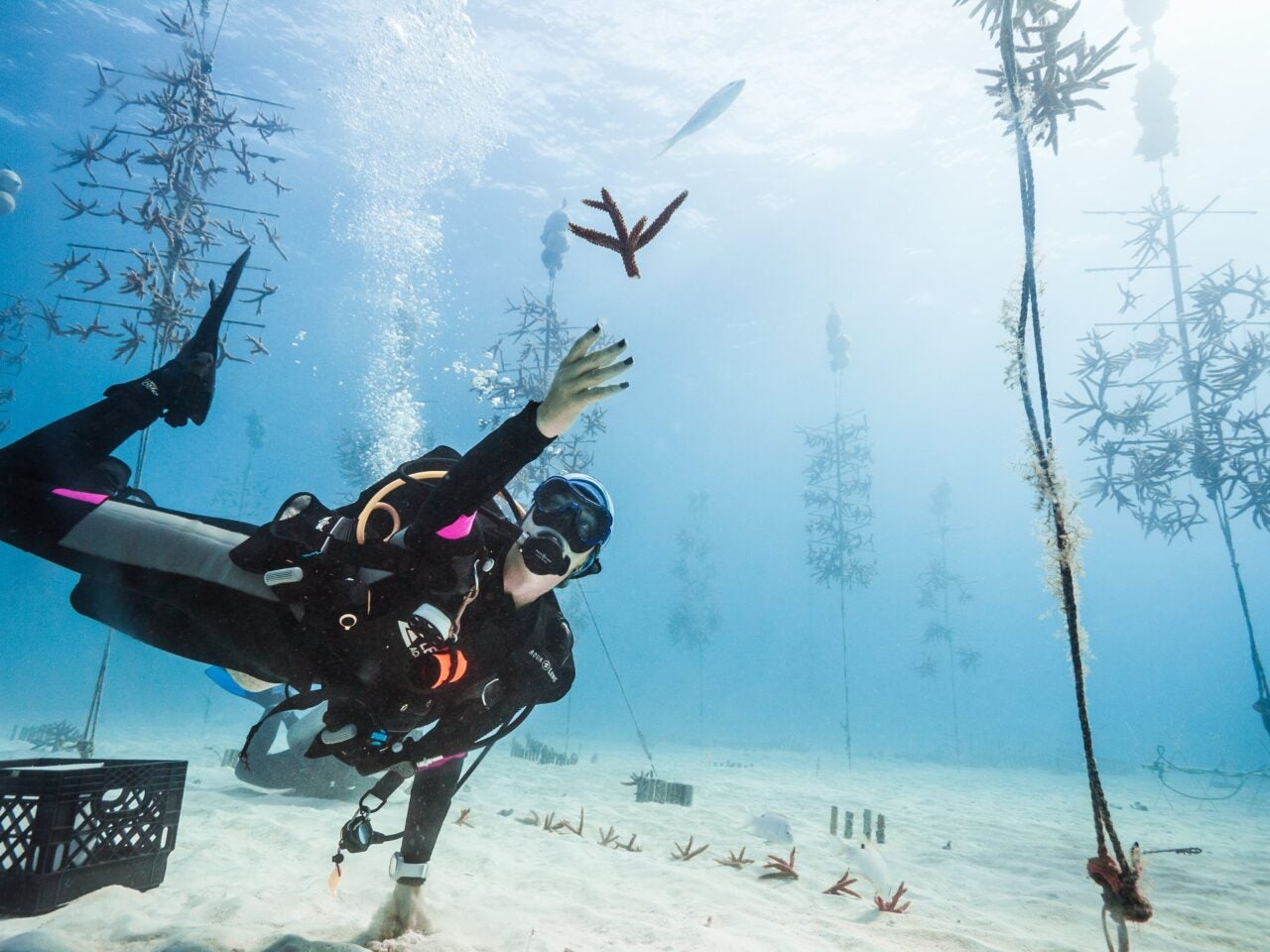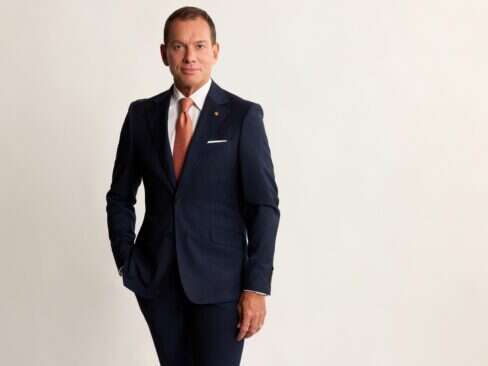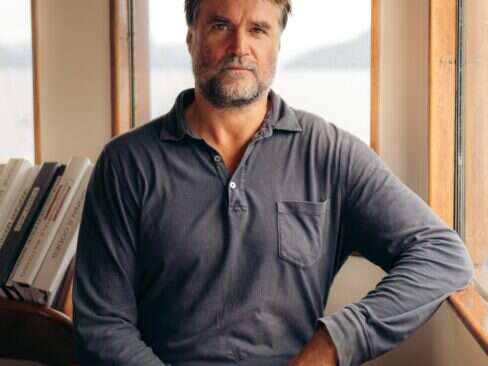The Coral Restoration Foundation’s efforts are focused on saving and replenishing vital coral reefs in the Florida Keys — an effort that Swiss watch brand Oris has supported for a decade and a half. Here, Martha Roesler, chief development officer of the foundation, shares with Elite Traveler’s Roberta Naas just how vital the restoration projects are — not only to Florida, but to the rest of the world.
For the past 15 years, the Coral Restoration Foundation (CRF™), based in Key Largo, Florida, has been tirelessly working to replace the widespread loss of coral in the Florida Keys and replenish these vital ecosystems.
In fact, CRF has grown to be the largest reef restoration organization in the world — actively recovering tiny bits of coral, growing it in nurseries and reintroducing it nearly a year later to the reefs. Through its large-scale cultivation, outplanting and monitoring of the various species of corals, the organization hopes to save the planet’s reefs and raise awareness of their incredible value to the oceans.
[See also: Caroline Scheufele on a Sustainable Future for Luxury Jewelry]
“Coral reefs are one of the main ecosystems of the world. Our oceans support life on Earth, and the reefs are the most threatened. We have no idea what that will mean for humanity if we lose this ecosystem,” said Martha Roesler, chief development officer of CRF.
“While our reefs take up less than 1% of the seafloor, they are home to about 25% of all marine life, and they also support tourism industries and millions of people around the world who depend on the reefs for subsistence fishing and food. We know that the reefs around the world are all facing different local stresses, but the number one threat is climate change. All of those carbon emissions are what really need to be knocked back to make a difference for reefs around the world.”
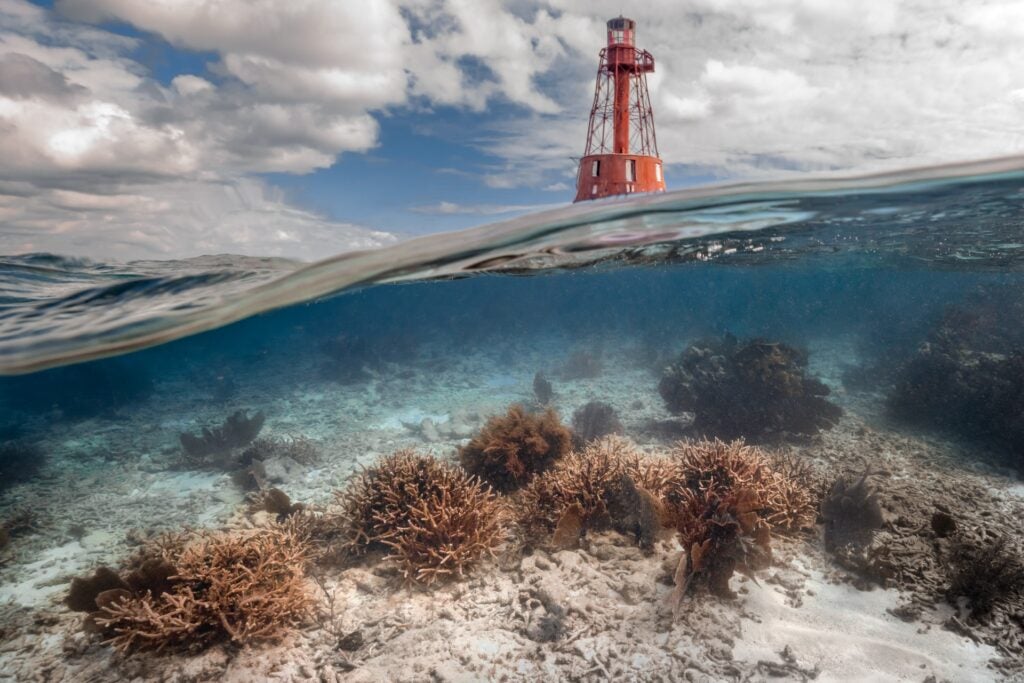
CRF regularly invites divers to join them to witness firsthand the work they do under the oceans to replenish coral reefs, with the hope of educating them and the world about the need to reduce carbon emissions. “Our aim is to educate individuals on how to be the best champions of our resources,” declared Roesler.
Essentially, CRF harvests strong pieces of local coral and relocates them to underwater nurseries, where they attach them to man-made PVC ‘trees’ in 20-ft-deep waters. For about nine months (for the faster-growing staghorn coral variety), the tiny pieces of coral get the proper care and cleaning (removing algae and fire coral) so that they can thrive.
Once a piece of coral has grown from an index-finger length to the size of a dinner plate, for instance, it is replanted onto the coral reefs. Currently, CRF boasts eight nurseries, with the largest one occupying more than an acre-and-a-half of seafloor. More than 750 coral trees in the Keys play home to thousands of pieces of coral.
[See also: The Future of Beyond Green with CEO Lindsey Ueberroth]
“It is a slow process to grow reef-ready coral and to reintroduce it to the ocean, but we rely on the best science in our efforts so that we make the best use of our time,” said Roesler, noting that last year CRF put 35,000 corals back on to the seven targeted Florida Keys reefs.
The goal for this year is to return 50,000 threatened coral colonies to the wild. In order to monitor all of these corals, CRF has adopted a photomosaic system, wherein its divers swim a grid with GoPros and capture several pieces of imagery. “It is then stitched together on the back end on the computer to give us a wonderful large image of the entire reef we are working on, so we can monitor it year after year and see how the corals we have planted look. We can also take a closer look at the health of the ecosystem as a whole.”
While other groups in the world are using this system, CRF is by far the largest and is now working to help others implement the monitoring system on larger scales. The restoration program is contributing the bulk of the coral restoration work to the 20-year, $97m Mission Iconic Reefs project (spearheaded by the National Oceanic and Atmospheric Administration, or NOAA). Additionally, CRF worked with NOAA in 2017 to establish the Coral Restoration Consortium (CRC).
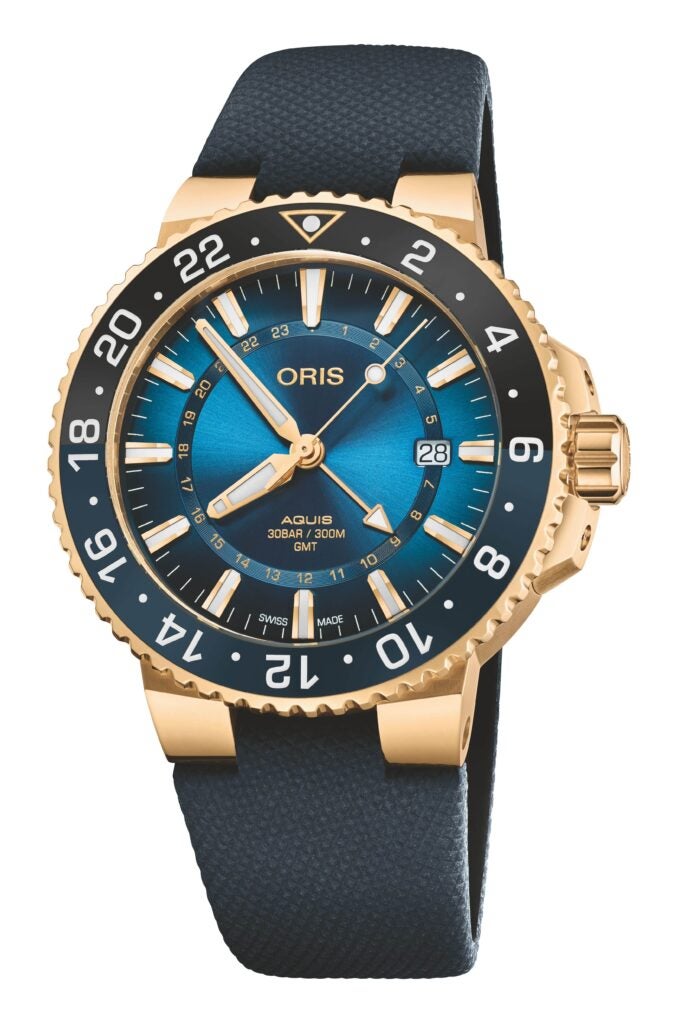
“The CRC brings all of the reef practitioners from around the world together to share information and resources, and to work collaboratively on everything from genetic diversity to diseases that pop up in different parts of the world, so that we can all benefit from each other’s best practices,” said Roesler, noting that the CRC also organizes the world’s only symposium (Reef Futures) dedicated to reef restoration. The last time the group convened in Key Largo (pre-pandemic) was 2018, and more than 500 scientists from around the world joined.
This year, Reef Futures 2022 will take place in September in Key Largo. Because education is also a key element of CRF’s work, the organization holds regular dives open to the public and works with sponsors to spread the word. Oris, a watch manufacturer that takes conservation efforts seriously and is involved in a host of grassroots programs globally, has been on board with CRF since 2007 — donating a portion of the proceeds of its specially made watches to the cause and even donating three watches for the CRF annual auction.
Most recently, CRF sold an 18-karat gold Oris Carysfort Reef Limited Edition Aquis dive watch at its spring 2022 auction for $50,000. “Reef restoration is not an overnight initiative,” said Roesler. “It is a long-term endeavor to go out year after year and work to bring our reefs back. Oris has brought awareness to our program on a much larger scale.”
[See also: Nina Jensen: REV Ocean Will Change Superyacht Industry]





